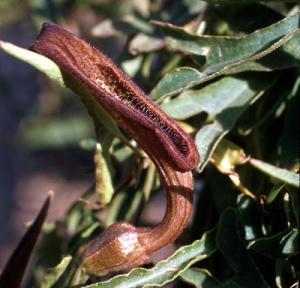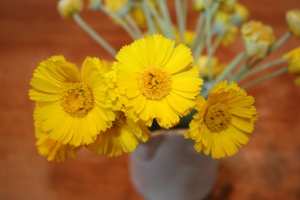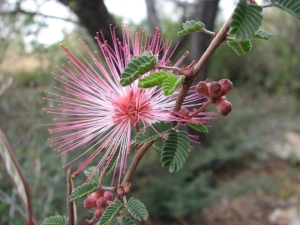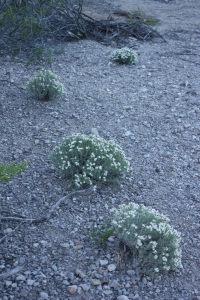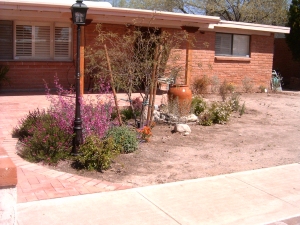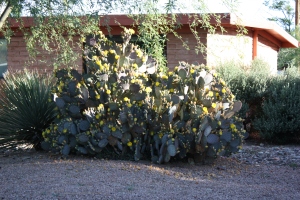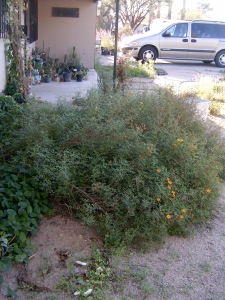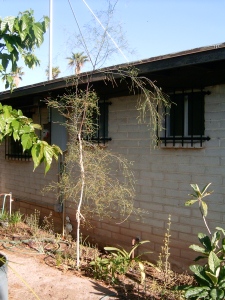At first, the concept of eating flowers may seem somewhat unusual but have you ever had broccoli or cauliflower? You’ve eaten flowers! Well – just the flower buds – but they were going to be flowers soon.
Humans Have Historically Eaten Flowers
Eating flowers is as American as apple pie – enjoyed with a glass of elderberry wine. Elderberry can be made from either the flowers or the fruits. Never had elderberry wine? Dandelion wine either? Head over to Savor the Southwest (.net) and sign up for the newsletter – because we are getting ready a post about making wine from various desert plants (the lawyer is checking liability for us first).
Humans have been eating flowers for millennia, in many different cultures and in some truly tasty dishes. Desert peoples are no exception. They found many ways to use the desert plants around them.
Cholla Buds
The Tohono O’odham harvest cholla buds in March. They harvest them in the 21st century much as they have done for centuries past. Pick, remove all spines and glochids, then boil the buds to eat them much like steamed broccoli. As well as enjoying cholla buds in season, the O’odham dry them for later use.
Other Succulent Flowers to Eat
There are more “user-friendly” desert plants to harvest flowers from than the chollas. As kids, we delighted in ocotillo blooms. Pluck them from the plant and sip the sweet nectar from the base. You can then chew on the whole flower, a very mild somewhat rose-like floral flavor.
As an adult, I add fresh ocotillo blooms to green salads. A handful adds a bright splash of color. I have also eaten them in stir fry, but their subtle flavor was lost in the cooking process.
I like barrel cactus petals (Ferocactus species). Cut just the petals off the flower, leaving the base of the flower and all the stamens on the plant. This way you can eat your flowers and still get fruit and delicious seeds to use. Cactus petals are fairly thick and can even be somewhat stringy, like celery. For this reason, I use them to make appetizers or in cooking. These are good in stir fry, with a flavor and texture reminiscent of bok choy. More on this topic will be posted this week on Savor the Southwest (.net)
Note that cactus plants themselves can be harmful to humans due to excess levels of oxalic acid (which can shut down kidneys). But flower petals can be eaten – in moderation. Also – avoid the central portion full of pollen, in case of hidden allergies.
Other Edible Succulent Flowers
I have used hesperaloe (Hesperaloe parviflora) flowers much like barrel cactus flowers. They are also good sautéed with onions and then included in an omelet.
Other Edible Landscape Flowers
Desert willow trees (Chilopsis linearis) also provide blooms for a tasty herbal tea. Select blooms in the prime of growth. Once they start to fade, they become bitter. I dry them for later use. Come to think of it, I have never tried them fresh. Something to try this spring.
One of my favorite tea flowers belongs to the genus I did my dissertation on, Tagetes. The local member of the genus is the Mount Lemmon Marigold (Tagetes lemmoni), still in bloom in many yards in the area. Harvest the blooms and use them fresh, or dry them for future use. The flowers do have a strong, somewhat musky flavor. They are rich in bacteria-killing thiophenes. Avoid excess consumption, as some of the bacteria in your intestines are necessary for digestion.
More
There are other landscape and desert plants with edible flowers, but these are some of the common ones growing in many area landscapes. This ought to get you started savoring the flavors of your desert home.
Thanks for reading, Peace - Jacqueline








